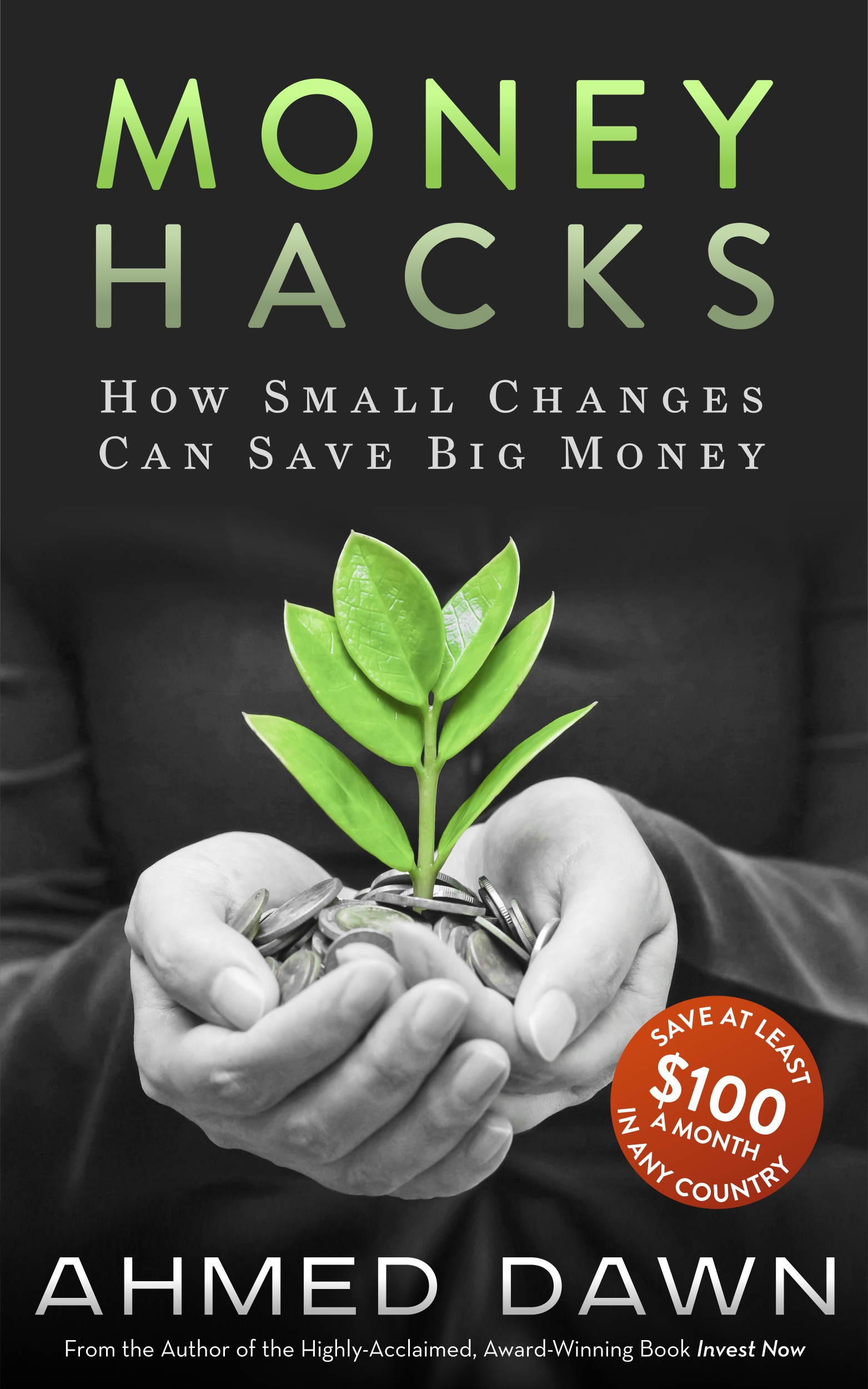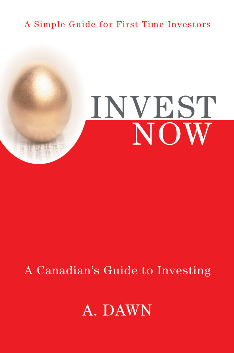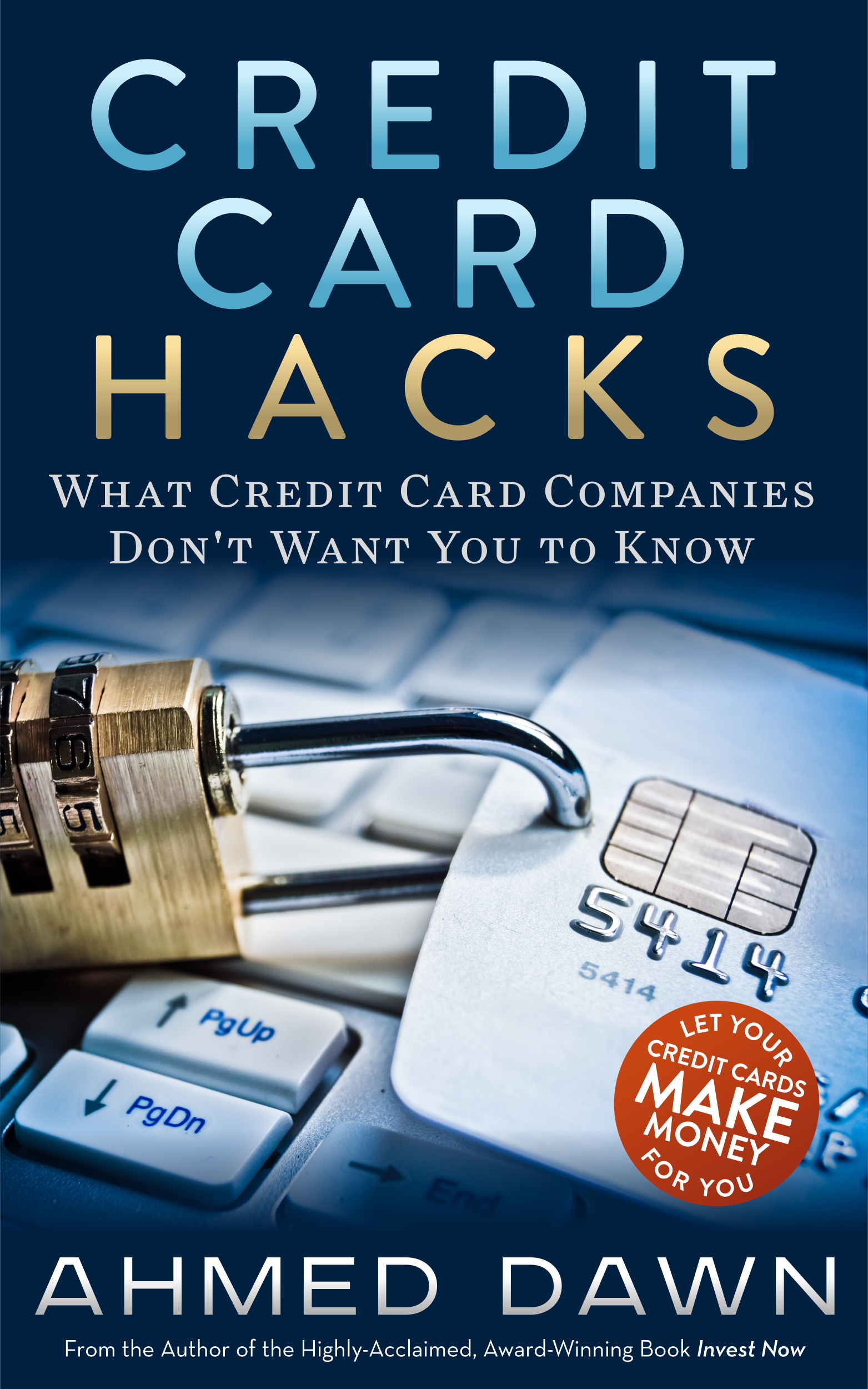Two New Mid-Cap U.S. Equity ETFs
/IShares Launches Two New ETFs
First Published Date: September 6, 2015
IShares Canada recently launched two new equity ETFs for Canadian. These ETFs will provide exposure to the mid-cap sector of the U.S. market.
XMC – iShares S&P U.S. Mid-Cap Index ETF MER 0.15% – XMC tracks the S&P MidCap 400® Index, which represents the mid-cap sector of the U.S. equity market made of diversified range of industries. XMC provides exposure to U.S. $, as this is unhedged. The index is made of 400 stocks and has greater exposure in the Financials, Information Technology, Industrial, and Consumer Discretionary sectors.
XMH – iShares S&P U.S. Mid-Cap Index ETF MER 0.15% – Same as XMC, but hedges currency exposure back to Canadian dollars.
More ETFs bring more choices and more exposure to diversified sectors. Always do your research and seek the assistance of qualified financial professionals before investing into ETFs or any investment products.








